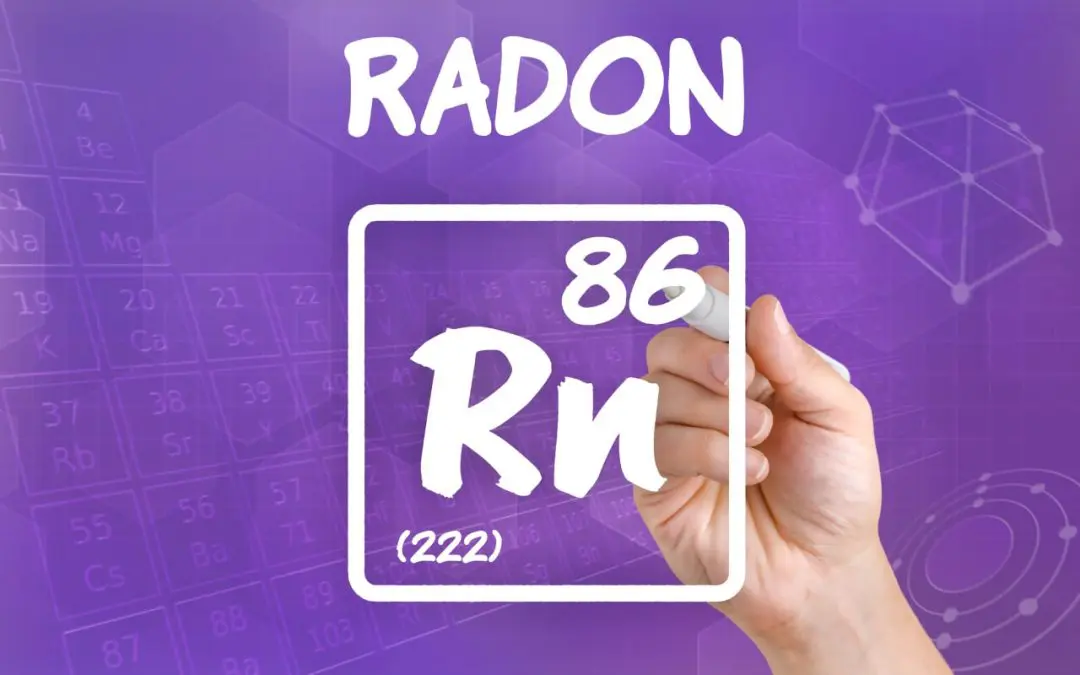Buying a home comes with a long checklist: location, price, layout, inspection, but one important detail that sometimes gets overlooked is radon. Radon is a naturally occurring radioactive gas that can seep into homes from the ground below. It’s colorless, odorless, and tasteless, which makes it undetectable without a specific test. For homebuyers, understanding the risks and how to address them can play a key role in making an informed and safe investment.
What Is Radon, and Why Should Homebuyers Care?
Radon forms when uranium in soil and rock breaks down. It moves up through the ground and can enter homes through foundation cracks, sump pumps, or even well water. Once inside, it can accumulate, especially in basements or lower levels.
The biggest concern is health. The Environmental Protection Agency (EPA) identifies radon as the second leading cause of lung cancer in the U.S., right behind smoking. Long-term exposure to elevated levels has been linked to thousands of lung cancer deaths each year.
Because radon levels vary widely from one home to another, testing during the home-buying process is essential. The only way to know if a home has high levels is to test it.
Radon Testing During the Home Inspection
A radon test is often added to a home inspection. The process is simple: a device is placed in the lowest livable level of the home, where it measures the levels over a 48-hour period. Results are usually available quickly and will provide the information needed to make the right decision during the buying process.
The EPA recommends action if radon levels reach or exceed 4.0 picocuries per liter (pCi/L). However, even levels between 2.0 and 3.9 pCi/L may pose risks, and some buyers choose to mitigate at those levels.
What If a Home Has High Levels?
Finding high radon levels doesn’t mean walking away from the purchase. Radon mitigation systems are effective, relatively affordable, and often negotiated as part of the sale. These systems use a fan and a ventilation pipe to redirect the gas from beneath the home and safely release it outdoors.
In many cases, sellers agree to install a radon mitigation system before closing, or buyers can request a credit to handle it after the purchase. It’s a common solution that adds long-term health protection for future homeowners.
Awareness Protects Long-Term Health
For homebuyers, radon may not be the first thing that comes to mind when touring a property, but it should be part of the due diligence process. Testing is easy, results are quick, and solutions are readily available. Including testing in the home inspection process ensures a safer investment and a healthier place to call home.
Taking the time to test is a small step that makes a big difference. Homebuyers who understand and address radon from the start are better equipped to protect their health and investment.
BlackWolf Professional Property Services offers home inspections in Western North Carolina and East Tennessee. Contact us to schedule an inspection today.
